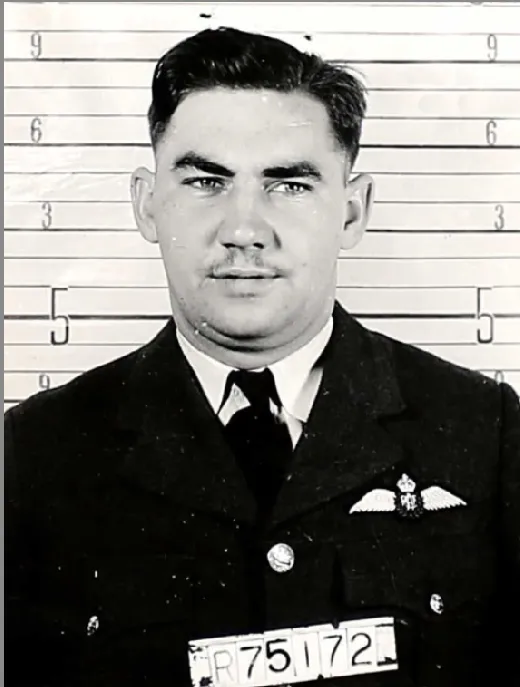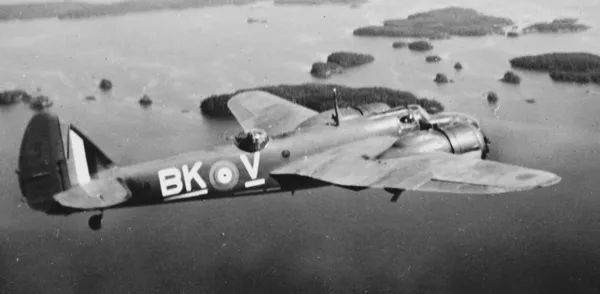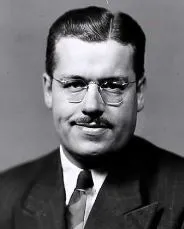Varey, Robert Frederick
Killed in Action 1942-02-04


Birth Date: 1922
Born:
Frederick & Alice M. Varey, of Elstow.
Home: Elstow, Saskatchewan
Enlistment:
Enlistment Date: Unknown
Service
RCAF
Unit
119 (BR) Sqn- Squadron
Noli Me Tangere Touch Me Not
Base
RCAF Stn. Yarmouth NS
Rank
Flight Sergeant
Position
Flight Sergeant
Service Numbers
R/75172
Home
 Elstow, Saskatchewan
Elstow, Saskatchewan
First Burial
 Woodlawn Cemetery At Saskatoon, Saskatchewan
Woodlawn Cemetery At Saskatoon, Saskatchewan
This incident involved multiple aircraft:
- Bolingbroke Mk. IV Serial: 9063
All the above aircraft in the above list are referenced in this report.
Bolingbroke 9063
Bristol Bolingbroke

Fairchild Bolingbroke Mk. IV, RCAF (Serial No. 9118), coded BK-V, No. 115 (Bomber Reconnaissance) Squadron, Patricia Bay, British Columbia, 1942.
The Bristol Fairchild Bolingbroke was a maritime patrol aircraft and trainer used by the Royal Canadian Air Force during the Second World War. Built by Fairchild-Canada, it was a license-built version of the Bristol Blenheim Mk IV bomber.
In 1935, the British Air Ministry issued Specification G.24/35 to procure a coastal reconnaissance/light bomber to replace the Avro Anson. Bristol proposed the Type 149, based on its Blenheim Mk I, with Bristol Aquila engines to give greater range. While the Air Ministry rejected this proposal, a Blenheim Mk I, retaining its Mercury VIII engines, was converted as a Type 149 (Blenheim Mk III) for the general reconnaissance role.The nose was lengthened to provide more room for the bombardier, with the upper left surface of the nose being scooped out to maintain pilot visibility during takeoff and landing.
The longer range also fulfilled a Canadian requirement for a maritime patrol aircraft. Consequently, Fairchild Aircraft Ltd. (Canada) of Quebec started production of the Blenheim Mk IV as the Bolingbroke (the originally intended name for the Blenheim IV). This type was nicknamed the "Bolly". After a small run of aircraft constructed to British specifications, as the Bolingbroke Mk I, Fairchild switched production to the Bolingbroke Mk IV with Canadian and American instruments and equipment. These versions also included anti-icing boots and a dinghy. One of the early Mk IV variants was the Bolingbroke Mk IVW which was powered by two 825 hp (615 kW) Pratt & Whitney SB4G Twin Wasp Junior engines. Incapable of maintaining altitude on one engine, the normal bomb load was reduced to 500 pounds on these aircraft to compensate for the low engine power. The most-produced variant was the Bolingbroke Mk IVT trainer, of which 457 were completed. A total of 626 Bolingbrokes were produced.Wikipedia
Bolingbroke 9063
Bolingbroke Mk. IV 9063
Delivered to stored reserve at No. 4 Repair Depot, Scoudouc, NB. Served with No. 119 (BR) Squadron, RCAF Stations Yarmouth and Sidney, NS, from 10 December 1941. Dropped 2 bombs on submarine east of Sydney on 12 January 1942, no damage observed. This unit's first attack of the war. Category A crash near Sydney, at 19:08 on 4 February 1942. Struck Skye Mountain in flight, near Whycocomagh, Cape Breton, exploded and burned. Three fatalities, including pilot Sgt. W. Dikeman. To No. 4 Repair Depot at Scoudouc, NB on 5 February 1942, for write off. Some wreckage still visible at crash site in 2009.1941-11-21 Taken on Strength Eastern Air Command 2021-12-29
1942-February-04 Accident: 119 Squadron Loc: Whycocomagh Nova Scotia Names: Ball | Dikeman | MacDonald | Varey
1942-03-09 Struck off Strength 2019-08-20
 Canadian Virtual War Memorial
Canadian Virtual War Memorial Commonwealth War Graves Commission
Commonwealth War Graves Commission www.findagrave.com
www.findagrave.com


 Wikipedia Bolingbroke Bomber
Wikipedia Bolingbroke Bomber Harold A Skaarup Web Page
Harold A Skaarup Web Page Bolingbroke Bomber WWII
Bolingbroke Bomber WWII Bolingbroke - Kestrel Publications
Bolingbroke - Kestrel Publications